We’ve curated a list of slightly spooky Community Science Projects from SciStarter that need your helping hand! Why not try one out this Halloween? You can get in the spirit while gathering data to help scientists better understand your neck of the deep, dark woods (or the suburbs, city, coast, or anywhere you live). There’s no experience required, and can even wear your costume while you work.
Eight-Eyed Expedition: Collecting Orbweaver Spiders Connected to Waterways for Genetic Sequencing
The Evolab at the University of California Berkeley needs community science volunteers to collect and send them Californian long-jawed spiders (family Tetragnathidae). These native spiders closely tied to waterways and often found in sensitive habitats along streams and rivers. Scientists at Evolab will then study these specimens’ genetic code to try and answer important questions about their population distribution and the conservation of watersheds across the state.
The study is looking specifically for two species of spider: silver long-jawed orbweavers (T. laboriosa) and versicolor long-jawed orbseavers (T. versicolor).
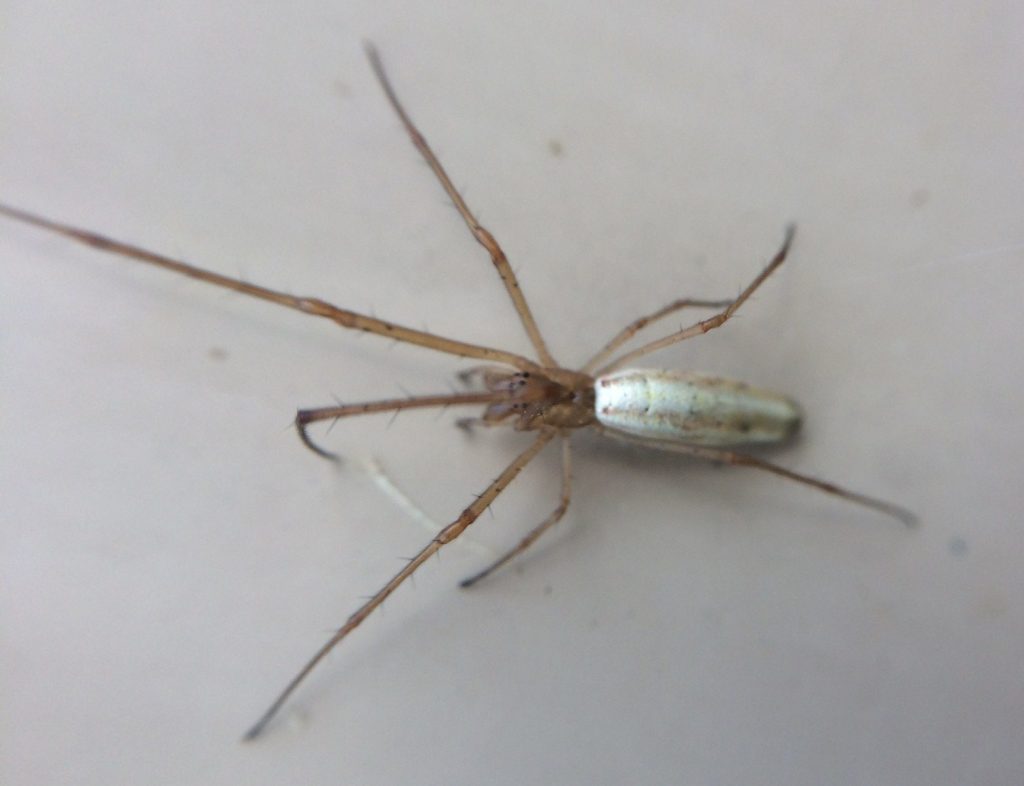
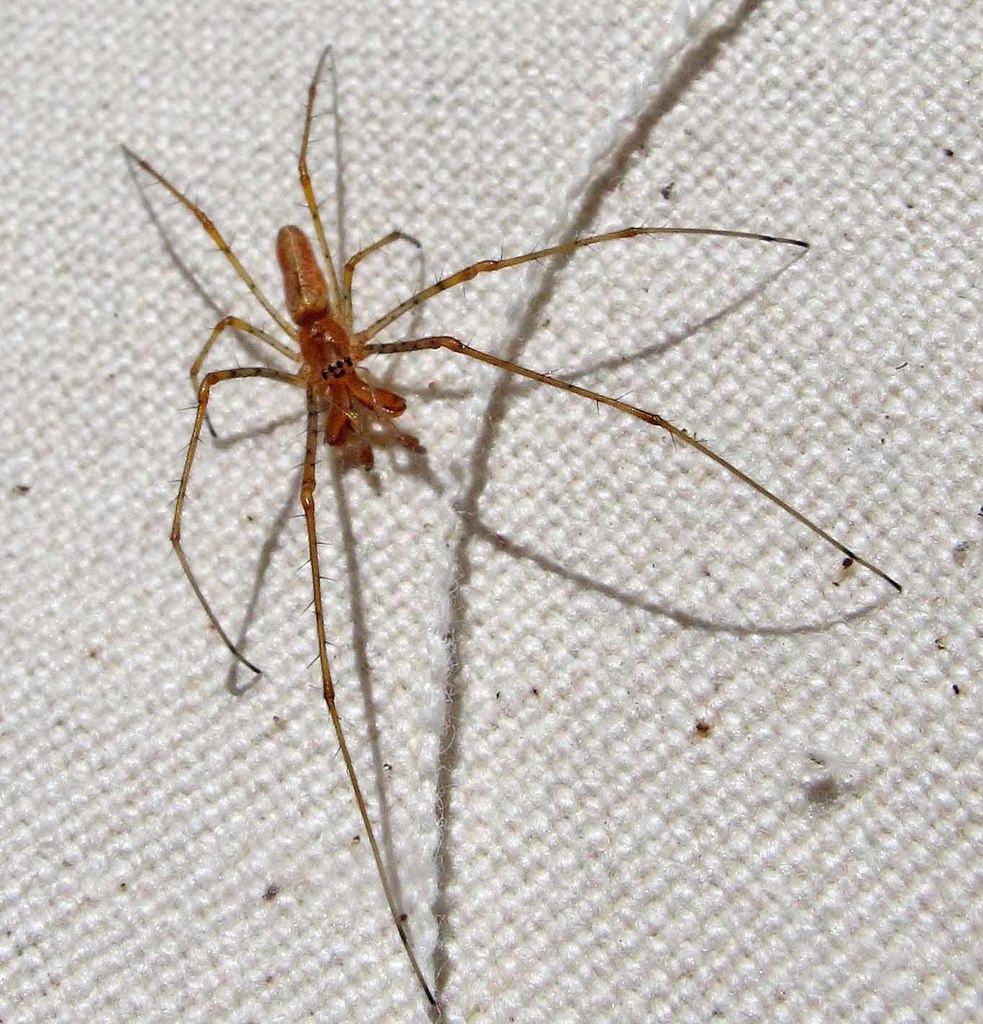
Dark Sky Meter: Tracking Artificially Bright Night Skies
Streetlamps and porchlights can make a dark night less scary, but light pollution is an ever-growing problem for people and wildlife alike. Night skies that are too bright from artificial light can significantly harm bats and other wildlife by disrupting their natural sleep rhythms, changing the paths they take to find food and water, and affecting their mating behaviors. The Dark Sky Meter community science project asks you to use their iPhone app to collect nighttime light readings where you live. Your data will display on their live world map and scientists will be able to download it for study.
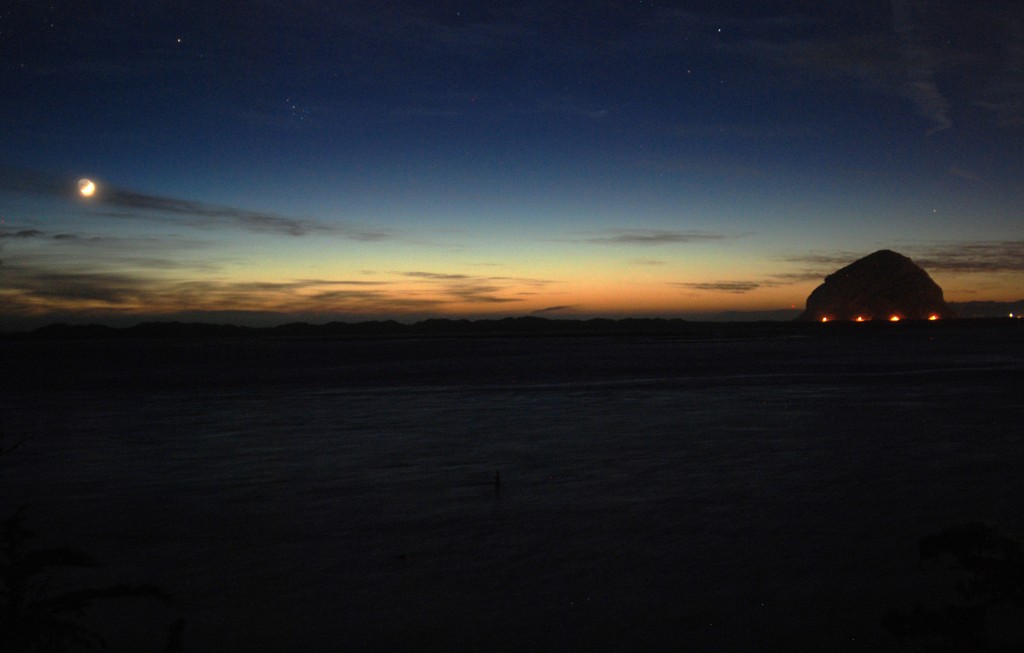
You can also take steps to reduce light pollution at home by making sure nighttime lights are aimed down. Check out this video from What You Can Do for more ideas on combatting light pollution.
Spidey Senser: Collecting Spiderwebs for Air-quality Research
The Spidey Senser project is perfect for anyone who’s open to close encounters with arachnids, or least their webs, and an interest in air quality. Participants will learn to tell the difference between different types of webs, collect them, and send them off to a lab. There, scientists will analyze the webs and identify the types and amounts of metallic dust that have collected there. This data helps scientists gauge air quality and map how it changes based on location.
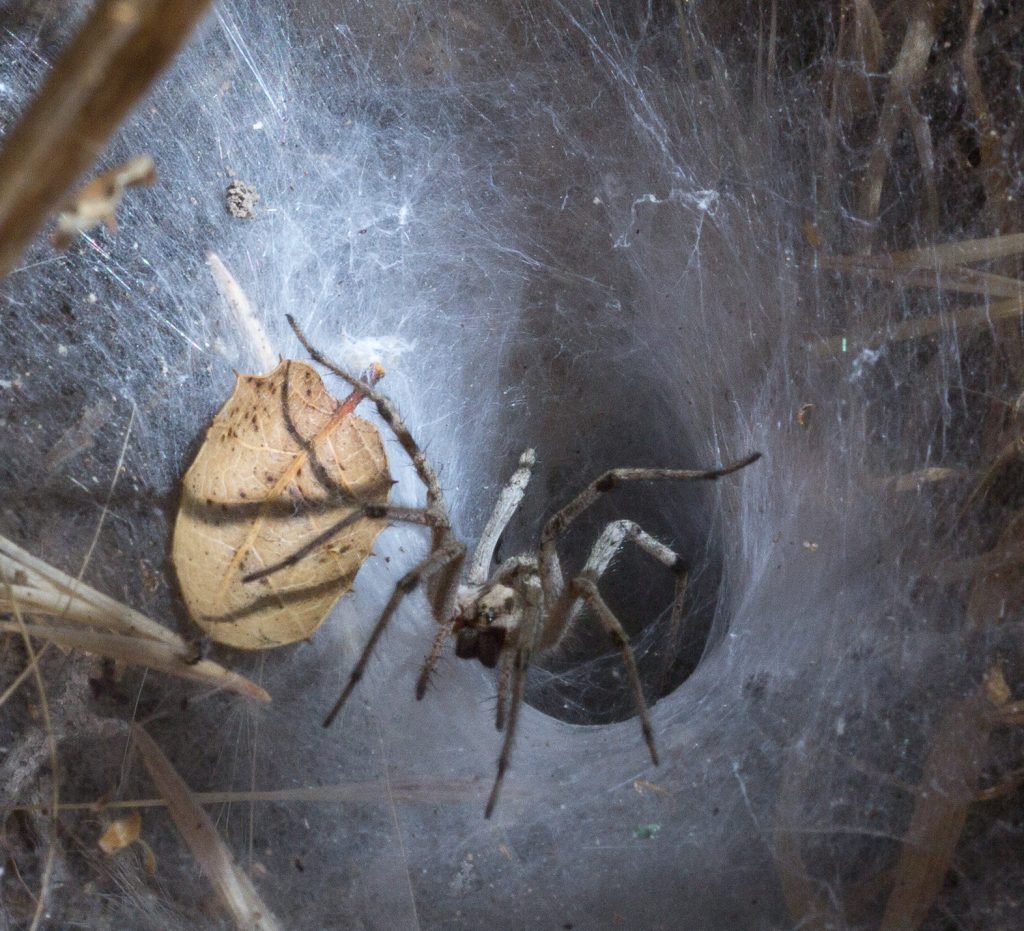
California Roadkill Observation System: Help Scientists Study the Effects of Roadkill on Wildlife Populations
It might seem macabre to photograph the bodies of hapless wildlife you find on the side of the road, but these observations can actually help protect wildlife. Researchers at the Road Ecology Center at the University of California Davis use the data collected from the California Roadkill Observation System to understand why roadkill happens and how deaths by vehicle collision affect wildlife populations. With this information, they can address roadkill hotspots by adding signage for drivers or even creating safer, alternative crossings for wildlife.
Check out this Caltrans project to build a wildlife crossing over an eight-lane stretch of the 101 Freeway. Wildlife, including a highly threatened population of mountain lions, can use this bridge to cross safely and use habitat on both sides of the road.
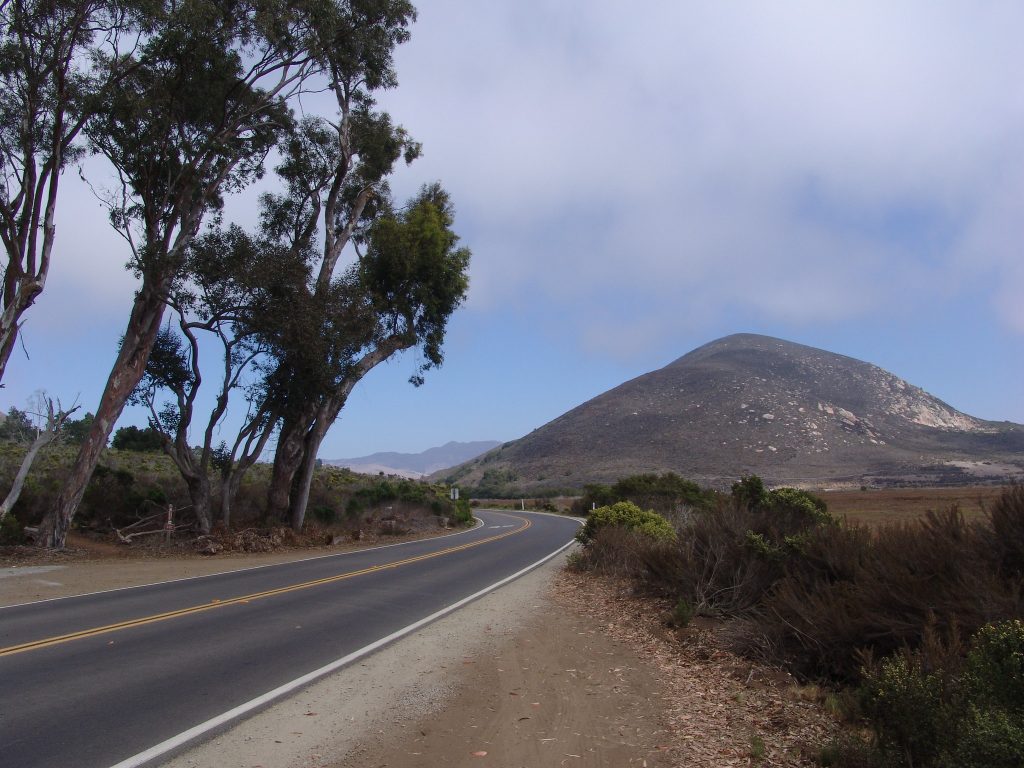
More community science projects
Check out SciStarter to search for more community science projects that you can try at home.
Help protect and restore the Morro Bay estuary
- Donate to the Estuary Program and support our work in the field, the lab, and beyond.
The Estuary Program is a 501(c)3 nonprofit. We depend on funding from grants and generous donors to continue our work. - Support us by purchasing estuary-themed gear from ESTERO. This locally owned and operated company donates 20% of proceeds from its Estuary clothing line and 100% of Estuary decal proceeds to the Estuary Program. Thank you, ESTERO!
- Purchase items from the the Estuary Program’s store on Zazzle. Zazzle prints and ships your items, and the Estuary Program receives 10% of the proceeds. Choose from mugs, hats, t-shirts, and even fanny packs (they’re back!) with our fun Estuary Octopus design, or our Mutts for the Bay logo.